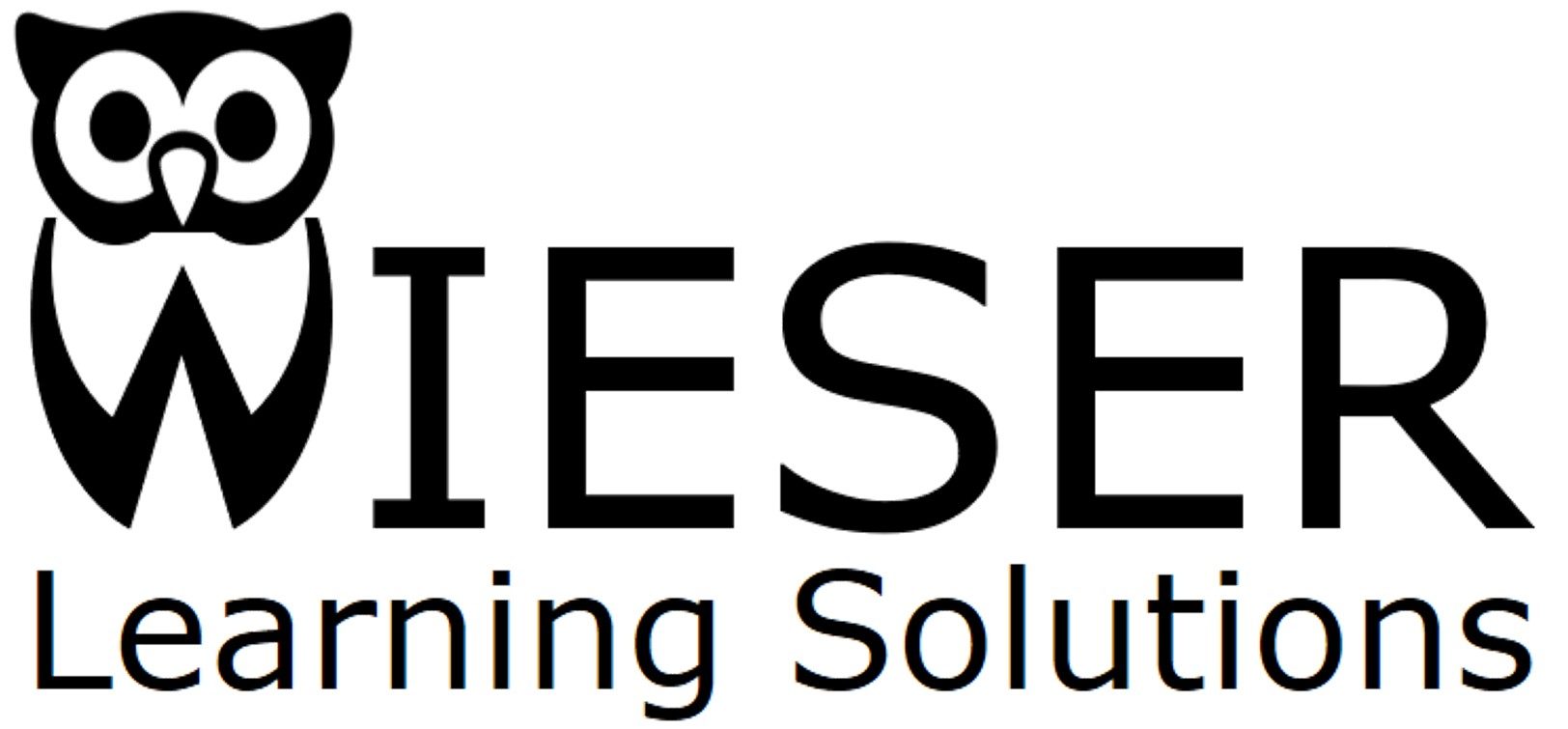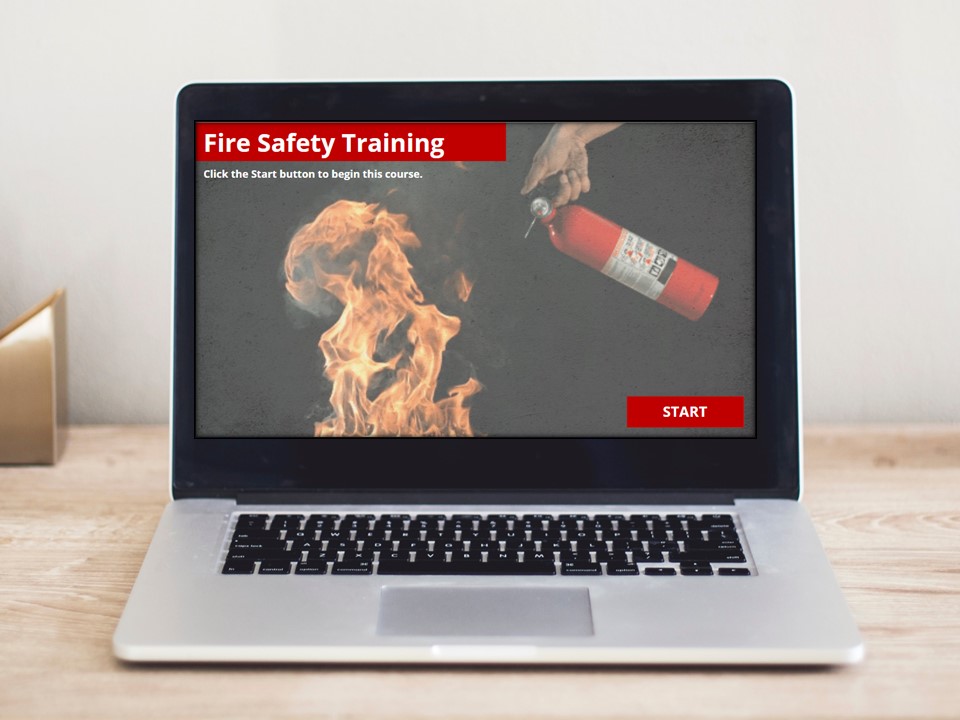Level 2 eLearning involves some interaction from the learner but is still a somewhat basics level of content delivery. It incorporates interactive elements like quizzes, branching scenarios, simulations, and case studies to provide learners with a more engaging and immersive learning experience.
Time and Cost:
Level 2 eLearning typically takes longer to develop and requires a higher level of expertise and resources than basic (Level 1) eLearning. However, it is also more effective in terms of knowledge retention and motivation, so the investment may be worth it depending on the specific learning objectives and audience
When to use:
Courses that teach communication, leadership, and other interpersonal skills. These courses could include a branching scenario where learners are presented with different compliance, sales, communication, leadership, or other interpersonal situations and must choose the correct course of action based on company policies and procedures. This type of interactive learning would be more engaging for learners and also more effective in helping them apply the knowledge in real-life situations.
Examples:
- Click to reveal interactions (such as tabs or buttons)
- Interactive PDFs and e-books
- Simple simulations and scenarios
- Interactive whiteboards
- Quizzes and assessments (multiple-choice questions, matching activities, drag and drop activities)
See a Level 2 eLearning example using a branching scenario for compliance training.
Advantages and Disadvantages
Advantages:
Level 2 eLearning can:
- Provide more engagement than passive learning, which can result in increased knowledge, retention, and motivation to learn.
- Allow learners to actively participate and receive immediate feedback on their progress.
- Incorporate simple branching scenarios that adapt to learners’ choices and performance, to provide a limited degree of targeted and personalized learning experiences.
- Be accessed anytime or anywhere, making it a flexible option for learners with busy schedules or those in remote locations.
Disadvantages:
Level 2 eLearning can:
- Still be somewhat passive.
- Require a higher level of technical proficiency from learners, which could be a barrier for some.
- Be unsuitable for some types of content; some learners may still prefer more traditional forms of learning.
- Take longer and cost more to develop than basic eLearning due to the need for interactive elements and multimedia.
Wieser Learning Solutions can help you decide if Level 2 eLearning is the right delivery level for your schedule, budget, and learners' needs.

